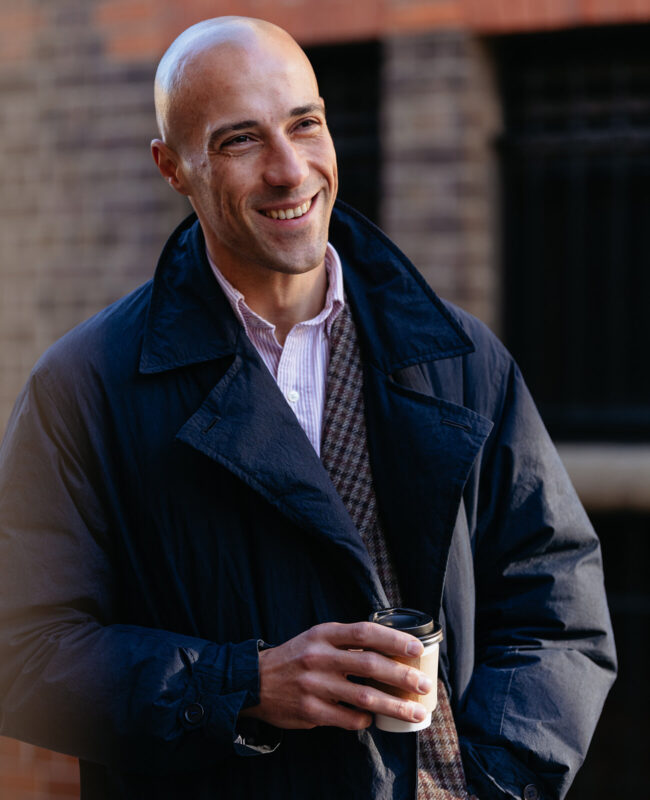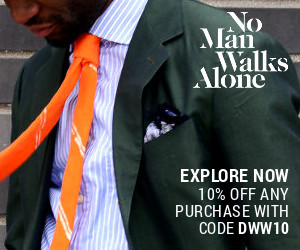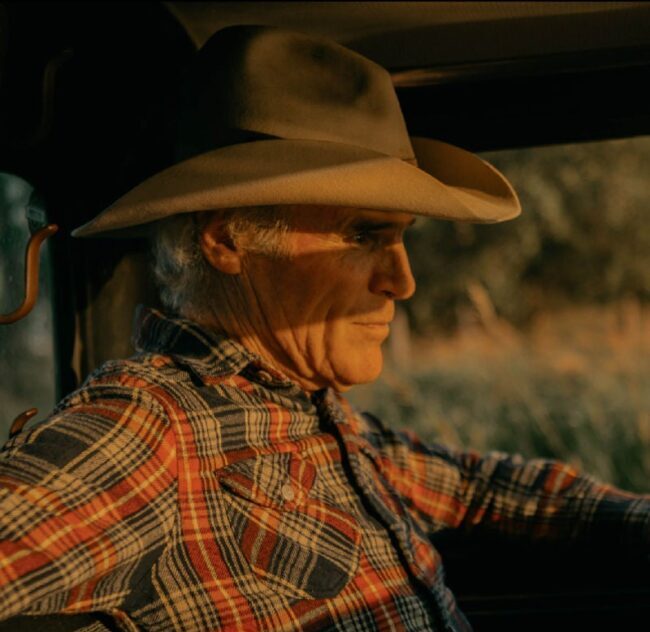
About ten years ago, I traveled to Naples, Italy to interview bespoke tailors for some stories I was writing for various outlets. When you interview enough tailors, particularly those of an older generation, you will hear the same stories repeated. This typically happens over a strong cup of espresso, sometimes called na tazzulella e café in the local dialect, which is chased down with a small cup of water and a bite of dark chocolate. Whenever you walk into a tailor’s workshop, the first thing they’ll ask you is, “Ve site giè pigliato o’ cafè?” (Have you had coffee?). I was told by a Neapolitan friend that the polite thing to do is always answer in the affirmative. Since I had to interview three or four tailors each day, I went through every day shaking from caffeine. When a tailor makes you coffee, he or she will make two cups — one for you and one for them. Then they'll sit down with you and proceed to complain.
Neapolitan tailors are worried that the tailoring trade in their area will die out in a generation or two, as young people don’t want to make clothes for a living. They also believe that young people don’t have the time or temperament to perfect tedious tailoring techniques, which require years of practice. Many of these older tailors entered their trade when they were young, some as young as eight years old. Today, such practices are no longer possible because of compulsory schooling. One tailor swore to me that you have to train for at least twenty years before you can make a beautiful suit. “Once someone graduates from university, it’s too late for them to become a tailor,” he confidently told me. I wanted to believe him, so I nodded gravely.
While on that trip, however, I was allowed to tour the backrooms of some notable workshops, including those belonging to Rubinacci and Sartoria Formosa. There, I saw young tailors quietly sewing away. It’s true that the labor pool is shrinking — tailors are dying at a faster rate than they’re being replaced. Several cutters in the United States have told me about their difficulties finding skilled coatmakers in this country, so they’re left bundling pieces of cloth and sending them around the world for making. But young tailors exist, and their scarcity has only made it more exciting to see people entering this trade. In the ten years since I made that trip to Italy, I’ve come to know a few. Here are four operations that I think are particularly interesting.
Keep reading
















